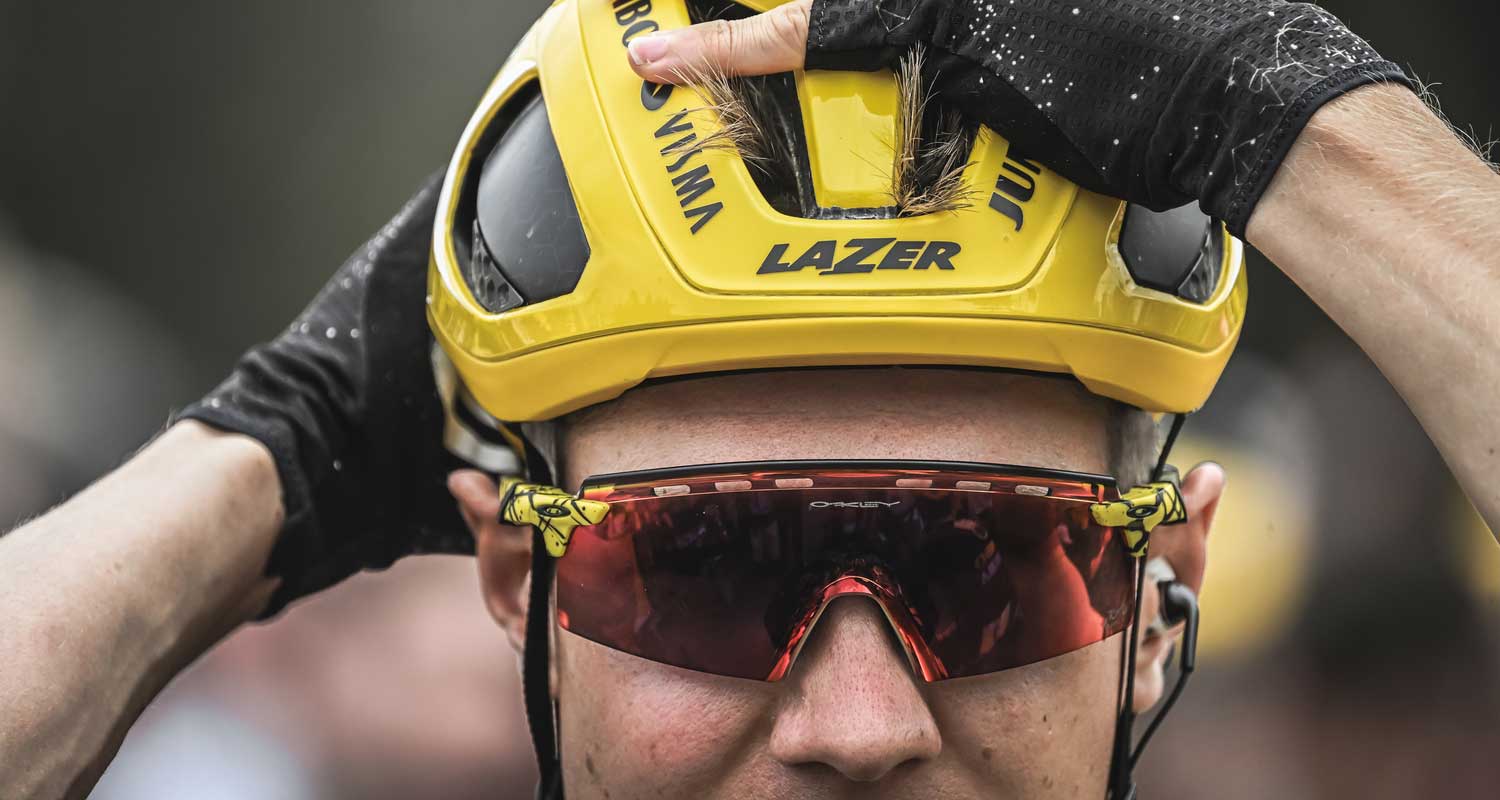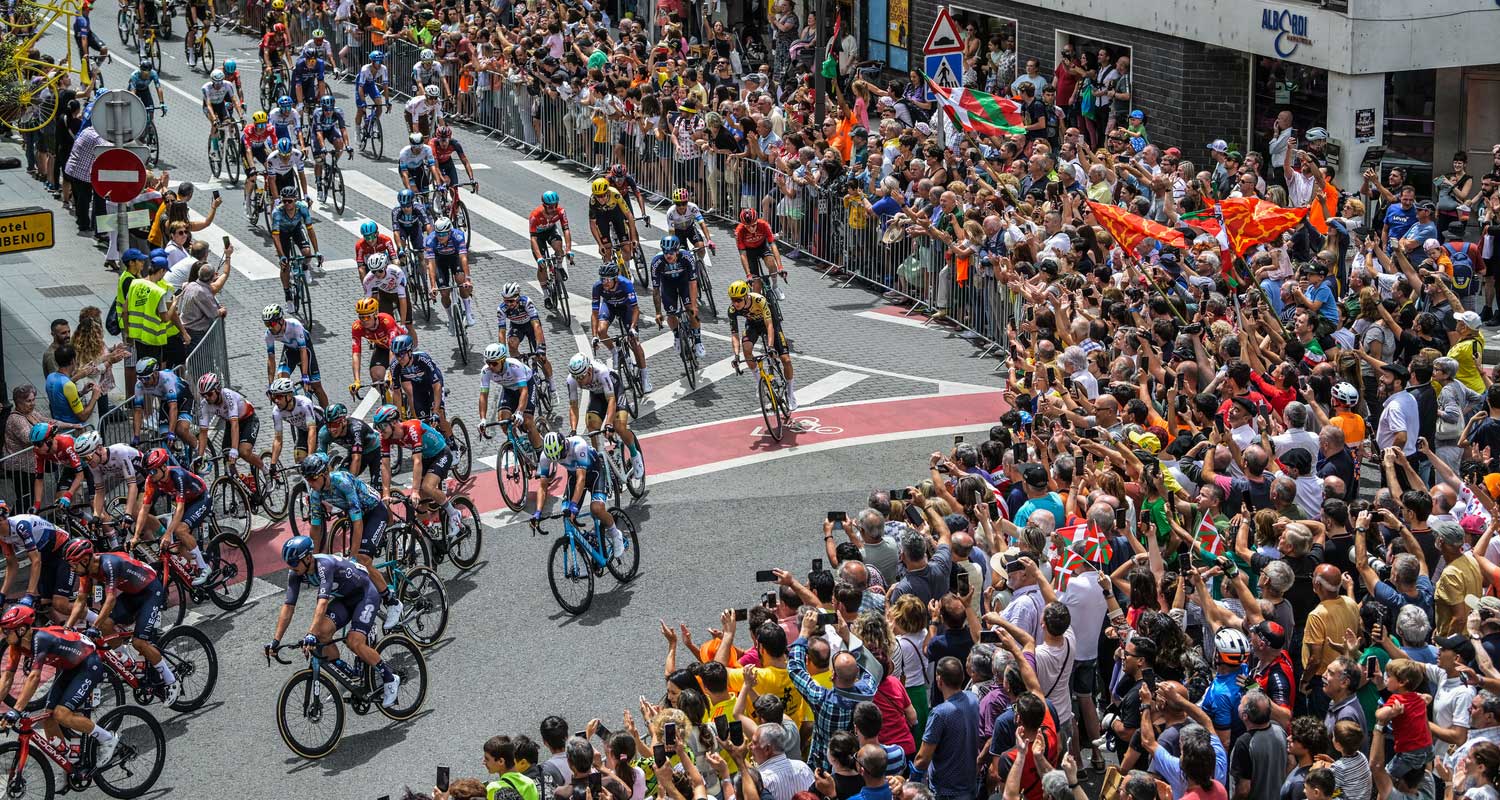
As we watch cyclists battling through the second day in the Pyrenees in stage 6 of the annual Tour de France – a 144km ride from Tarbes to Cauterets-Cambasque – it’s not just images of the world’s toughest cyclists in action that being beamed all over the world.
At the same time, streams of real-time data from myriad sensors are being turned into useful insights for organisers, competitors and fans watching some of the classic climbs of the tour. For many years, crowds jostled for space along the 3 000km-plus route to catch a fleeting glimpse of the peloton speeding past. Those roadside viewers had no way of monitoring the progress of individual riders or predicting who might win the yellow jersey, and had to rely on radio and TV broadcasts for race updates.
But in the age of connectivity and the internet of things, the world’s best cyclists are racing along a range of advanced digital pathways that are closely monitored by officials in real time. Partnering with Amaury Sport Organisation (ASO), the Tour de France organisers, NTT Data and Dimension Data are responsible for building and managing those pathways for the ninth year. “The race is like a giant playground, or incubator, for how to use technology,” said Dimension Data’s vice president for applications and cloud, Lauren Wortmann, in an interview with TechCentral on Thursday.
“We use edge computing and cloud technologies to create the world’s largest ‘connected stadium’ by setting up a digital twin of the race, which combines layers of real-time information to replicate all aspects of this highly dynamic event digitally,” she said.
Data-driven insights and AI predictions on the “LeTourData” channels on Twitter, Instagram and television keep fans informed of both races – the Tour de France and the women’s race, Tour de France Femmes avec Zwift – and help ASO operations teams communicate and plan more efficiently.
At the core of the data gathering are tiny trackers installed on each bicycle. They transmit a constant stream of latitude, longitude and speed data over radio networks to race motorcycles, which then convey the information to a plane. From there, a microwave signal carries the data to the end of the race, where a truck-based edge computing device runs a containerised version of the real-time analytics platform.
Algorithms
As the data arrives, it is fed into algorithms that calculate a range of race insights such as rider groupings, their location along the route and the distance between groups.
The locally processed data is then sent to a custom application that gives ASO officials a detailed, real-time view of what’s going on the ground, without having to rely on mobile coverage or other modes of data transmission. The application runs on Microsoft Surface Pro X devices, which have enough battery power to outlast a race stage.
Other trackers in the official race vehicles are connected via Transatel Sims to give accurate locations of the vehicles. They have also been installed in the Shimano neutral-service vehicles, which provide mechanical help to riders isolated from their team cars.
Until about two years ago, officials had to rely on radio communications to keep up to date, but now they have this level of detail on demand. It is a great example of how IoT devices and edge computing have brought a new level of insight and efficiency to the Tour de France – and most of the tech innovations are down to South Africans.
While the world’s eyes are on the racers, a complex, interlinked system of sensors, networks, edge computing, cloud, real-time analytics and machine learning is operating in the background to deliver statistics and insights to fans, broadcasters, support crews, the race organisers and the LeTourData team.
And it’s all happening on the other side of the world – in Johannesburg – in Dimension Data’s Tour de France data hub. This is the central command centre that receives the race data from sensors in the race, and it is staffed by a mix of technical and cycling specialists.
“Dimension Data South Africa acts as the global digital war room for NTT, offering a hybrid support operation with team members around the world and on the ground in France. In 2022, we moved to a hybrid model with a core support team based at the Campus in Bryanston. We also have team members in the ‘tech truck’ situated at the end of each stage of the race, ensuring that any issues that need a hands-on approach are addressed on the ground in France,” said Wortmann.
While the data stays in the cloud, some data management is done manually and sent from the hub to the processing platform in the Microsoft Azure cloud. For example, the processing system has to be flagged that if a rider has swapped bikes – perhaps after a crash – the data does not suddenly show the rider speeding off in the wrong direction because the damaged bike is now in a support vehicle.
The raw data is “messy” because there are many remote, mountainous areas and tunnels along the 3 404km route of the Tour de France, where signals from the bikes are lost altogether, sometimes for minutes at a time. These signals may also be duplicated or inaccurate in terms of speed and position due to the limitations of GPS.
The real-time analytics platform has been developed from scratch by the team over the past four years, using open-source frameworks including Apache NiFi, Apache Beam and tens of thousands of lines of Python code. It cleans, interpolates and transforms the data into useful, human-readable data fields such as “distance from the start”; “gap to previous rider”; “current braking force” or “relative wind speed and direction”.
Knowing where a cyclist is in the peloton at any given time is only half the fun – predicting stage and race winners is also top of fans’ minds, as well as comparing rider and team strengths and strategies. So NTT Data combined mathematical modelling with the knowledge of a sports scientist to develop its own prediction models, generated in near real time using cloud-based virtual machines on Microsoft Azure. The processed data is then delivered to the racing teams, organisers and fans.

This platform also powers the Tour de France Femmes avec Zwift, now in its second year, bringing the power of data to the pinnacle of women’s cycling races, too. The 2022 event saw the inaugural women’s race in La Super Planche des Belles Filles.
And this year, a virtual human commentator has been introduced: NTT has integrated ChatGPT generative artificial intelligence into Marianne, its digital assistant, building on its existing machine learning, speech recognition, natural language processing and conversational AI capabilities. She is named after Marianne Martin, the first American woman to win a Tour de France.
Marianne has been trained on relevant race information and the addition of generative AI into the mix should mean more satisfactory answers to questions posed by cycling fans on the cycling grand tour’s official digital platforms. – © 2023 NewsCentral Media

